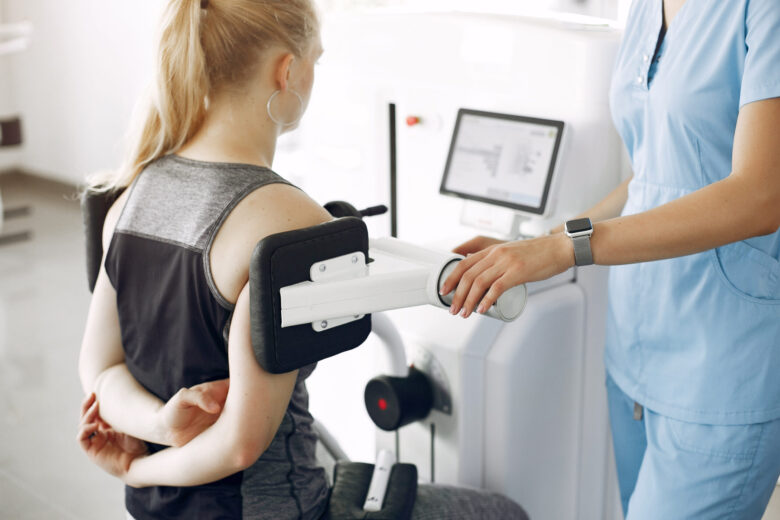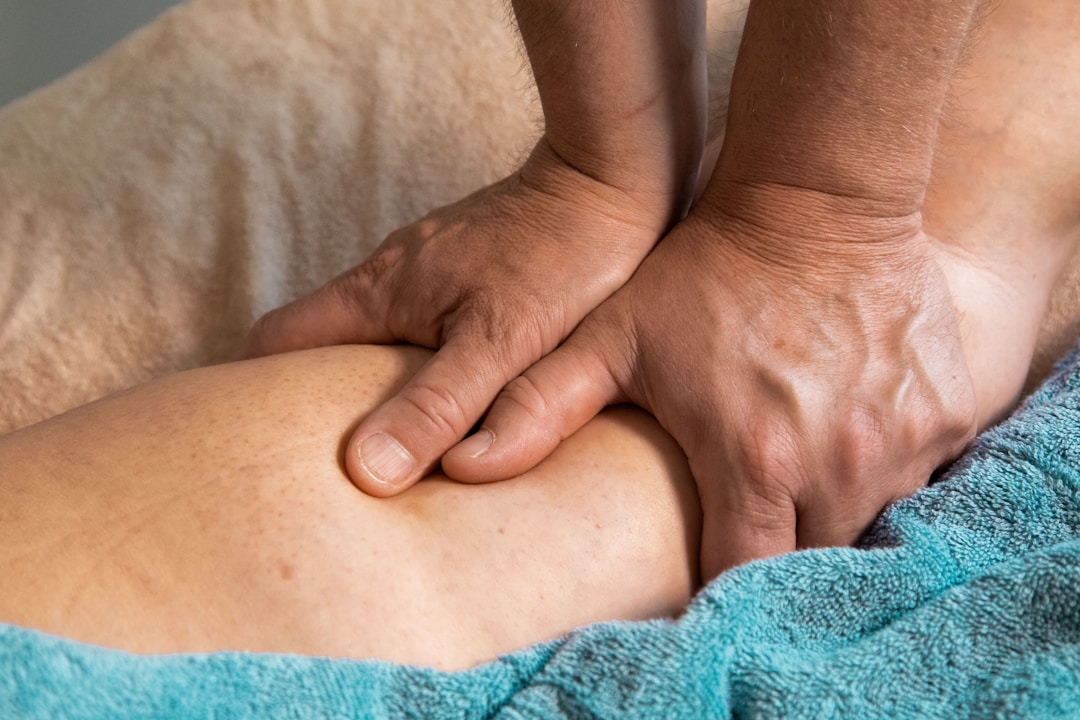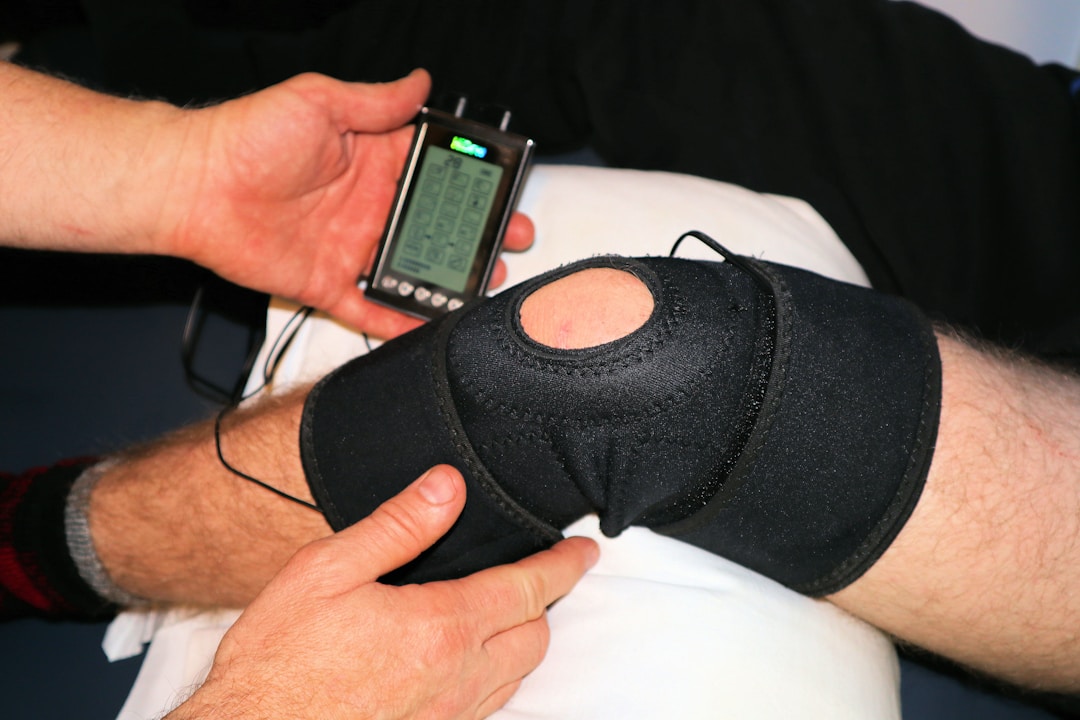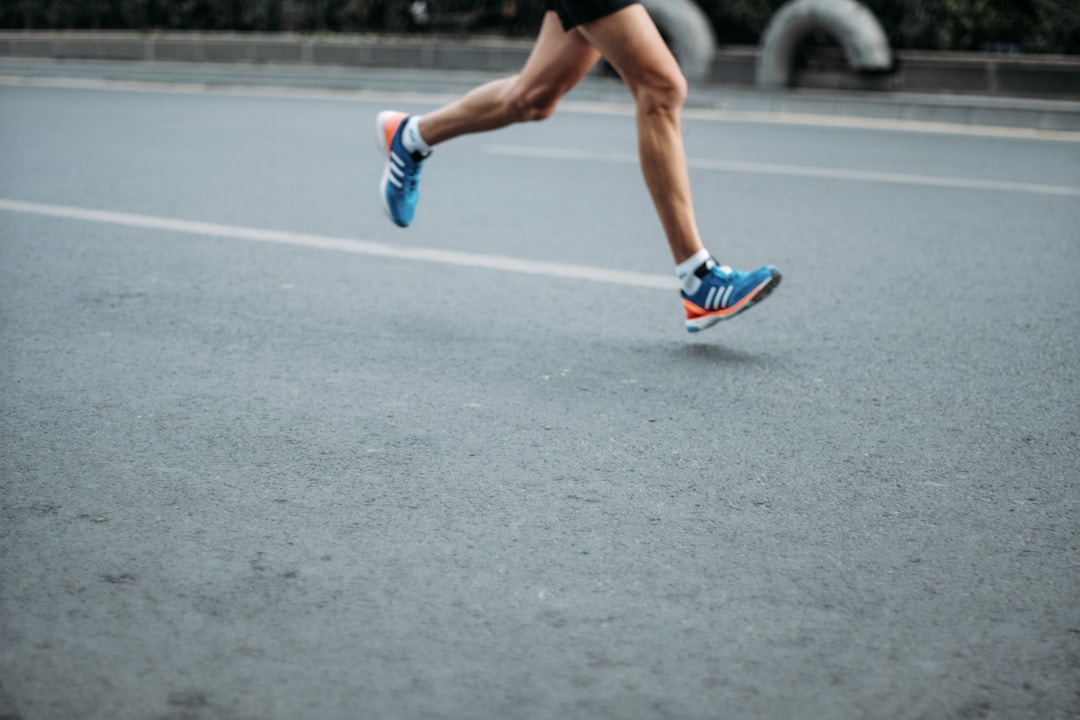
Understanding the Role of Physical Therapists in Sports Medicine Therapy for Rehabilitation
Understanding the Role of Physical Therapists in Sports Medicine Therapy for Rehabilitation
Sports medicine has grown in leaps and bounds to become a key discipline in modern medicine. Understanding the exact role physical therapists play in this field is paramount to appreciating the process of rehabilitation in the sports arena. This article demystifies sports medicine and details the imperative role of physical therapists in sports medicine and rehabilitation. Read on to learn more!
Understanding Sports Medicine and Physical Therapy

Sports medicine and physical therapy is a branch of healthcare that focuses on the physical fitness and treatment of injuries related to sports and exercise. Many might confuse it with ‘sports training’, but the two are distinguishably different. While both involve physical betterment, the former revolves around therapeutic approaches to treat or prevent injuries. Conversely, the latter centers on enhancing an individual’s performance in a specific sport.
Sports medicine is the domain of sports medicine practitioners, amongst them physical therapists, whose task is to aid athletes’ recovery from injuries, enhance performance, and prevent future injuries. With advanced training, these physical therapists become crucial figures in the sports medicine sphere, employing their expertise to aid in sports medicine therapy rehabilitation, particularly in cities like Boise, where sports medicine services like sports medicine therapy rehabilitation Boise are available. These services are ideal for everyone from athletes to active individuals to kids preparing for sports in school.
The Vital Role of Physical Therapists in Sports Medicine Therapy
Looking at physical therapists’ work domain, they enable athletes to recover from injuries by promoting movement and function to lost or injured body parts. Post-injury, the therapeutic recovery period can be an uphill task for athletes. It is the physical therapist’s job to make this phase as seamless and productive as possible.
Their work involves implementing rehabilitation programs tailored to meet an athlete’s specific needs while pondering their functional status and goals. Beyond that, physical therapists also play a preventive role by conducting regular assessments, advice on safe sports practices, and training to improve flexibility, strength, and body balance.
Rehabilitation Process in Sports Medicine

The rehabilitation process in sports medicine primarily consists of three stages: Acute Injury Management, Restoration of Function, and Return to Sport. In the acute injury management stage, physical therapists conduct an initial assessment of the injury and devise a management plan focusing on pain mitigation and protection of the injured site.
The restoration of function stage involves restoring strength, flexibility, and endurance. Here, the physical therapists again play a pivotal role in devising and overseeing a dynamic rehabilitation program aligned with the athlete’s progression. The last stage, return to sport, involves preparing the athlete for a safe return to their chosen sport at the pre-injury level. This phase not only involves physical conditioning but also remedying any psychological blocks that the athlete might have developed due to the injury.
The Importance of Rehabilitation in Maximizing Performance
Can rehabilitation help maximize sports performance? The answer is yes. The role of rehabilitation goes beyond injury management. Physical therapists use their sports medicine knowledge to tailor rehabilitation programs that ultimately better an athlete’s performance. Parameters such as speed, strength, endurance, and agility are targeted by designing specific rehabilitation plans.
Moreover, teaching athletes the right way to use their bodies can go a long way in preventing injuries, leading to more consistent performance and longer careers. Therefore, rehabilitation doesn’t just restore athletes to their former glory—it often ends up making them better than they were pre-injury.
How Physical Therapists Aid in Recovery and Prevention

One key function of a physical therapist in sports medicine is aiding an athlete’s recovery from sports-related injuries. From critical injuries such as Anterior Cruciate Ligament (ACL) tears to minor injuries like sprained ankles, physical therapists apply a range of techniques to help athletes recover fully and safely. Physical therapy doesn’t end with recovery. With sports, the risk of re-injury is always looming over athletes. Recognizing this, physical therapists also work on injury prevention strategies.
As you can see, the role of physical therapists in sports medicine is multifaceted. From initial injury management and rehabilitation to prevention of future injuries, physical therapists have a pivotal role in assisting athletes to regain their peak performance and prevent future mishaps. By assessing an athlete’s unique physical characteristics and responses, they can predict potential risks and suggest preventive interventions, from exercises to corrections in technique. Follow our advice and you can take the best possible care of yourself.
